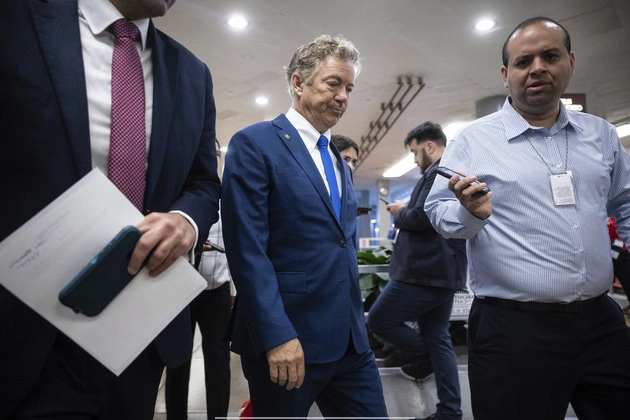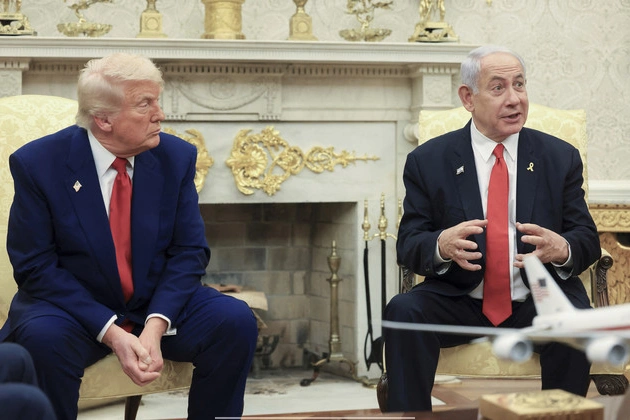
President Donald Trump wants action now, unity later, on his legislative agenda. The result is a budget with numbers that don’t match up.
Republican leaders are expected to embrace a novel strategy as they seek to push forward as soon as this coming week with their partisan package of tax cuts, border security enhancements, military spending, and more. Rather than align House and Senate committees behind the same savings targets in the budget framework for that megabill, they want to set different numbers for each chamber.
Challenges in Budget Approval
The split screen could be stark, at least on paper. House committees will be asked to cut at least $2 trillion in spending from safety-net programs, while Senate committees might be directed to find a minimum of a few billion dollars in savings. It’s possible to write a final package that can bridge the difference, but it’s likely to be politically tricky — requiring trust between GOP lawmakers in the two chambers after months of cross-Capitol competition, along with substantial pressure from Trump.
The Unprecedented Approach
Bill Hoagland, a former longtime top Senate GOP budget aide, said in an interview that the bifurcated approach Republican leaders are pursuing is “unique” and is “stretching” the process that has governed budget legislation for 50 years.
“Historically, that’s never been done,” he said.
Importance of Unity
But the approach is seen as necessary if Republicans are going to stay on the ambitious timeline they’ve set for passing their party-line legislation. Without unifying behind a budget blueprint that can clear both chambers, Republicans won’t be able to take advantage of reconciliation, which prevents the minority from halting the process with a filibuster. So threading the needle on the budget is a crucial task.
Here’s how it could work: The committee-by-committee targets embedded in the budget resolution are considered floors, not ceilings, for shrinking the federal deficit. Those targets are also enforced differently in each chamber — the House can waive their own committees’ instructions with a simple majority, but the Senate will need 60 votes (and hence some Democrats) to allow their panels to depart from the blueprint.
Final Thoughts
The budget approval process for Republicans poses significant challenges and requires unique strategies to navigate conflicting priorities. Will this innovative approach lead to a successful outcome, or will it face hurdles along the way?















